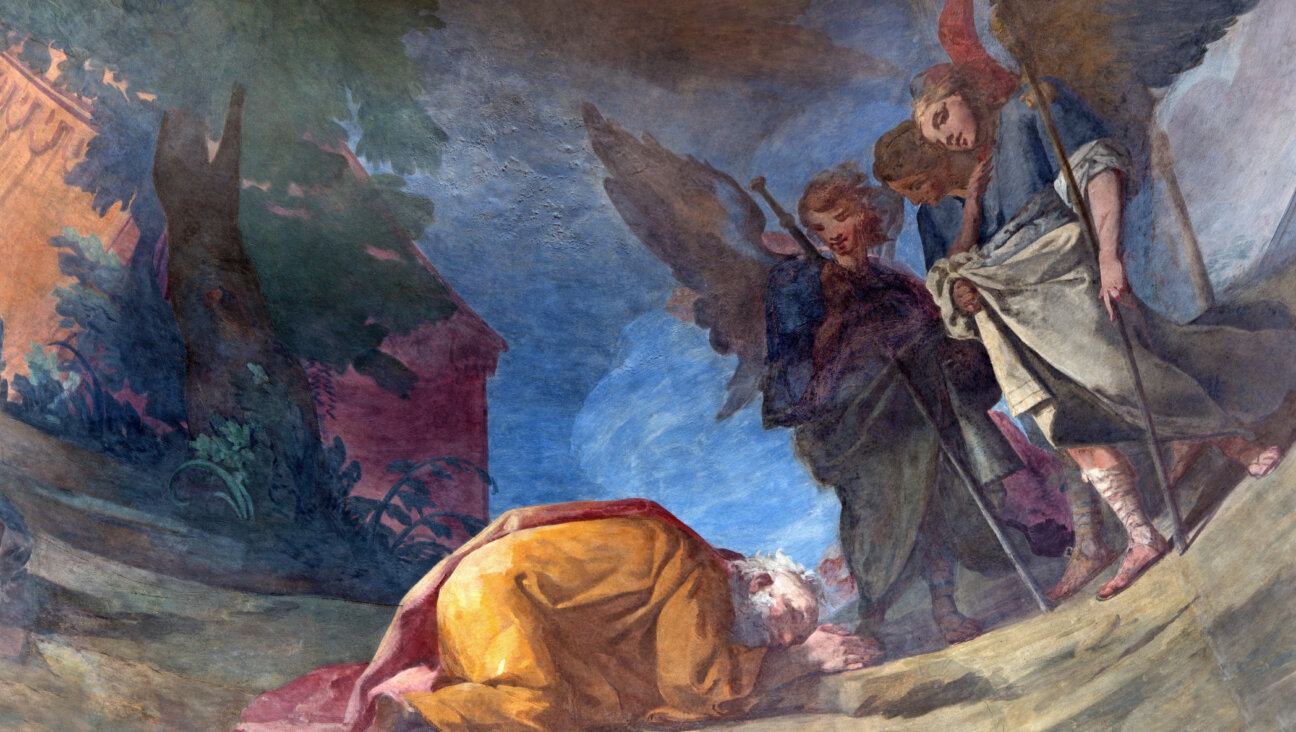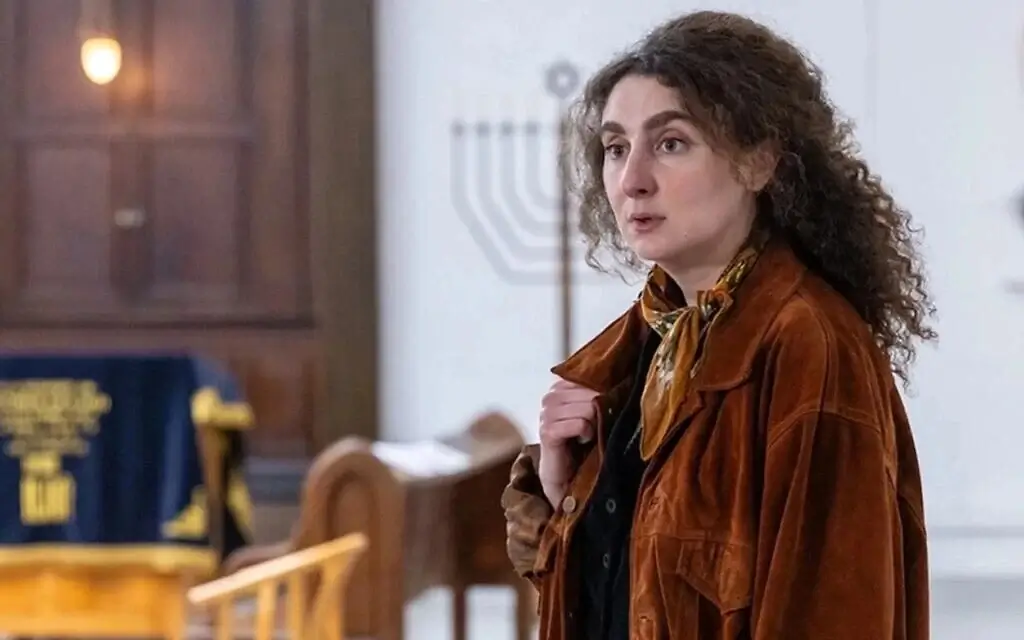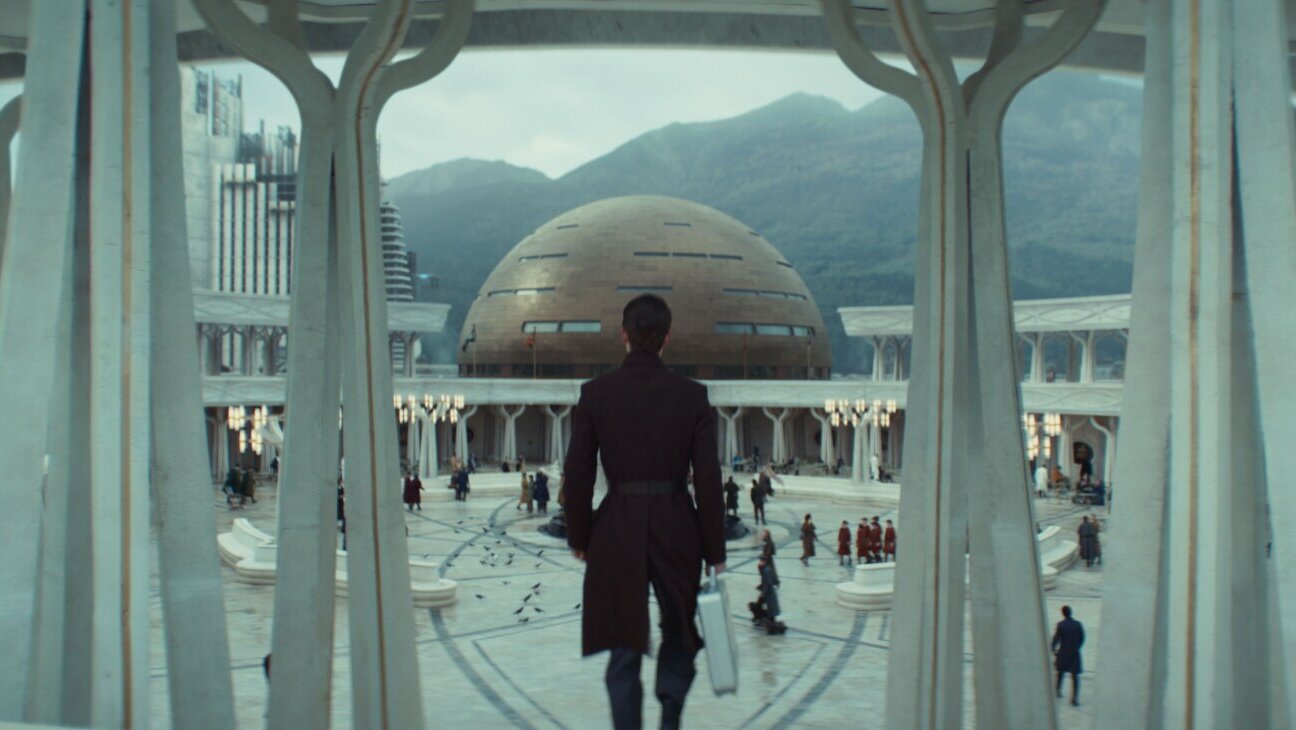55 years later, how should we remember the Kent State massacre?
Four students were fatally shot on May 4, 1970 — three of them were Jewish

Tear gas is thrown on the campus of Kent State in 1970. Image by Getty Images
This article was originally published May 3, 2020. We are republishing it in memory of the 55th anniversary of the Kent State shootings.
As the 55th anniversary of the Kent State shootings on May 4, 1970 approaches, the question arises, what should the Jewish response be today to what was, in some ways, a Jewish tragedy?
Three of the four students fatally shot on May 4, 1970, by the Ohio National Guard at Kent State University in Kent, Ohio were Jews: Allison Krause, Sandra Lee Scheuer, and Jeffrey Miller. The fourth victim, non-Jewish, was William Schroeder.
This is a statistical oddity, as in 1970, a student population of about 15,000 at Kent State only included about 750 Jews, or five percent of the total.
Even odder, Scheuer was not a protestor against the Vietnam War-era bombing of neutral Cambodia by US military forces, but a mere passerby, walking with one of her speech and hearing therapy students, when she was caught in gunfire.
More significant than this mystery is the interfaith sensibility of the Jewish students’ advocacy. In May 2000, on the 30th anniversary of the shootings, Miller’s mother Elaine Holstein wrote in the Seattle Times: “At the age of 8, Jeff wrote an article expressing his concern for the plight of black Americans. I learned of this only when I received a call from Ebony magazine, which assumed he was black and assured me he was bound to be a ‘future leader of the black community.’”
As a young boy, Miller understood that racism against one minority group affects all minorities, a lesson still worth contemplating in this anniversary year.
On May 15, 1970, 11 days after the Kent State shootings,, two students were shot and killed at Jackson State University, a predominantly African American institution, by the Jackson Police and Mississippi State Police.
The students, Phillip Gibbs and James Green, the latter a high school athlete, died after some days of protest at Jackson State against the shooting of the Kent State antiwar protesters.
The Jackson State deaths of black students have generally been less remembered and commemorated than those of white students at Kent State.
This was decidedly not the Jewish way of responding to injustice, at least in the view of one speaker at a memorial service for Miller in New York, four days after the Kent State shootings.
Albert Vorspan, director of the Social Action Department of the Union of American Hebrew Congregations, blamed the “brutal demagoguery” of President Richard Nixon’s administration for leading to the deaths of “the young flowers cut down in Ohio.” Vorspan (1924-2019) would serve as director emeritus of the Commission on Social Action of Reform Judaism and senior vice president of the Union of American Hebrew Congregations, which became the Union of Reform Judaism.
Vorspan stated: “We must find the strength to energize the Jewish community in a massive effort to save America. We have slunk from our role as the catalyst of social conscience in American life.” He called the current “cancer of malaise [and] despair” the “most irreligious and un-Jewish” attitude possible.
The playwright Arthur Miller would later evoke this ‘70s malaise in a preface to his play “The Archbishop’s Ceiling,” written in the 1970s:
“Early in the decade the Kent State massacre took place, and while the anti-Vietnam War movement could still mobilize tens of thousands, the freshness had gone out of the wonderful sixties mixture of idealism and bitterness… There was a common awareness of exhaustion.”
Not long after the shootings, two Kent State sociologists published research implying that violence occurring at protests radicalizes students, Jews among them, while making those already reticent about protesting feel more intimidated and exhausted.
So at times of political malaise and enervation, what is the Jewish thing to do?
From the families of the Kent State victims, a reply emerged to ambient depair. Elaine Holstein gave many outspoken interviews to the press until her death at age 96 in 2018.
And the Jewish response of Arthur Krause, Allison Krause’s father, involved a life transformation.
Krause was a World War II veteran who had supported hawkish policies in Vietnam and squabbled with his peacenik daughter. Yet after she was slain, Krause leapt into action and endured extended legal battles to force the state of Ohio and its National Guard to apologize for the slaughter and agree to a small civil settlement out of court.
When this was finally achieved in January 1979, Krause and other parents signed an open letter, concluding:
We have learned through a tragic event that loyalty to our nation and its principles sometimes requires resistance to our government and its policies — a lesson many young people, including the children of some of us, had learned earlier. That has been our struggle — for others this struggle goes on. We will try to support them. For Allison, Sandra, Jeffrey and William. For Peace and Justice. Shalom.
That the final word of this missive was Shalom speaks to the fundamental Yiddishkeit of its perspective. Krause died in October 1988, but his spirit surely hovers over the semicentennial remembrance, just as his daughter’s does.
Among Jewish students at Kent State during that era, others have also become activists, like the sociologist Elaine Wellin, who was protesting on May 4, but was spared by the bullets.
In addition to nonfiction books by Jewish authors, notably a study from 1971 by Isidor Feinstein (I. F.) Stone that captures the turmoil of the era, there have been abundant echoes of the Kent State tragedy in creative work.
One example was Harlan Ellison’s science fiction story collection “Alone Against Tomorrow” (1971), dedicated to the four student victims.
Among tributes in art, the most controversial has been a bronze sculpture by the American Jewish artist George Segal (1924–2000), of The Binding of Isaac, from The Book of Genesis 22:1-19. An earlier investigation of this theme in plaster by Segal is currently on display at New York’s Jewish Museum until October 2020.
In 1978, Segal was commissioned to create a bronze sculpture to commemorate the Kent State shootings by a private foundation, in agreement with Kent State University. But university officials found Segal’s chosen subject of Abraham’s Sacrifice of Isaac inapposite and the bronze was rejected. It was finally installed at Princeton University, where it has remained ever since, entitled “Abraham and Isaac: In Memory of May 4, 1970, Kent State University.”
For Segal, Isaac’s binding was an example of a paternal threat with a positive ending. The sculptor saw his artwork as focusing on the older man’s moral challenge, rather than the youngster as victim.
In preparations for his work, Segal referred to the Danish philosopher Søren Kierkegaard’s speculations about Abraham’s anxiety during the long journey with his son to the mountainous region of Moriah to follow God’s instructions.
Segal was especially influenced by Kierkegaard’s “Fear and Trembling” which described Abraham as a man who “lives in hope.”
There have been hopeful suggestions that for the 50th anniversary commemorations, Segal’s sculpture might be moved to its originally intended site, the Kent State campus. This gesture of humanism, activism, and tolerance would echo what Arthur Krause, Albert Vorspan, and others achieved as Jewish rejoinders to the events of May 4, 1970.
The Forward is free to read, but it isn’t free to produce

I hope you appreciated this article. Before you go, I’d like to ask you to please support the Forward.
Now more than ever, American Jews need independent news they can trust, with reporting driven by truth, not ideology. We serve you, not any ideological agenda.
At a time when other newsrooms are closing or cutting back, the Forward has removed its paywall and invested additional resources to report on the ground from Israel and around the U.S. on the impact of the war, rising antisemitism and polarized discourse.
This is a great time to support independent Jewish journalism you rely on. Make a gift today!
— Rachel Fishman Feddersen, Publisher and CEO
Support our mission to tell the Jewish story fully and fairly.
Most Popular
- 1
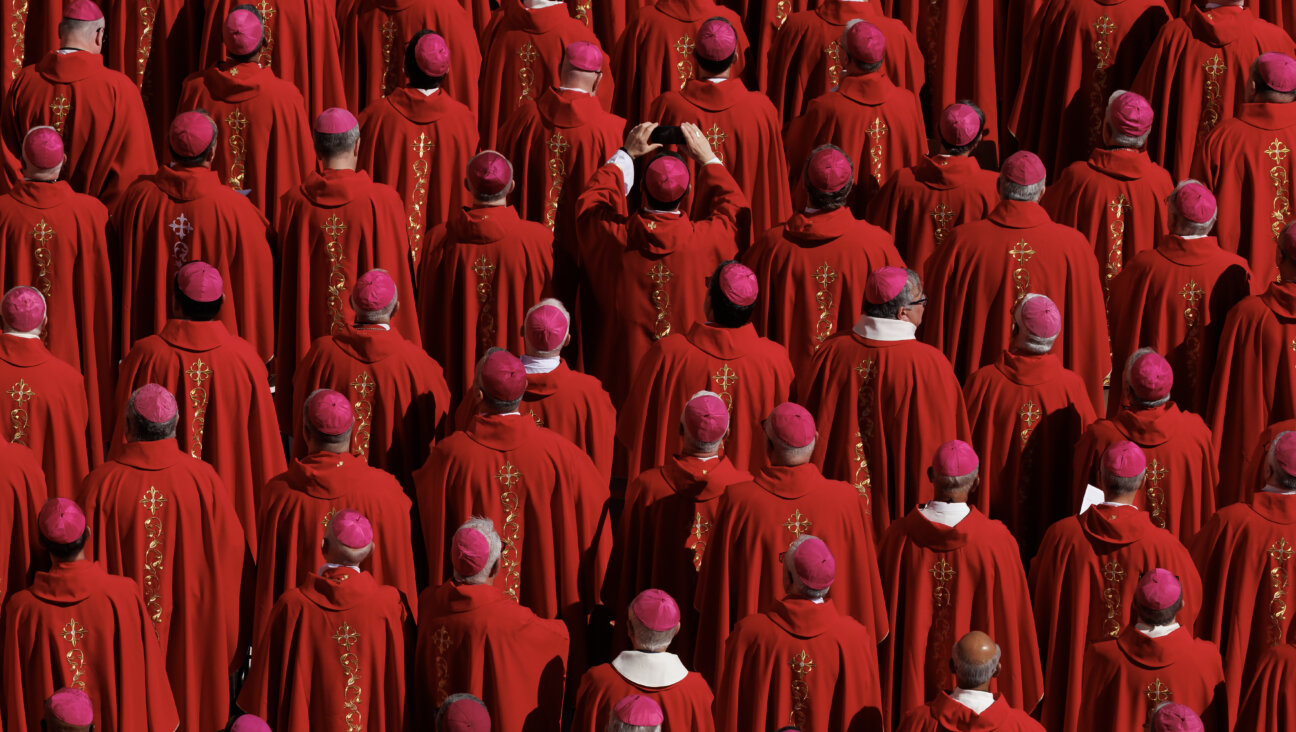
Culture Cardinals are Catholic, not Jewish — so why do they all wear yarmulkes?
- 2

Fast Forward Ye debuts ‘Heil Hitler’ music video that includes a sample of a Hitler speech
- 3

News School Israel trip turns ‘terrifying’ for LA students attacked by Israeli teens
- 4

Fast Forward Student suspended for ‘F— the Jews’ video defends himself on antisemitic podcast
In Case You Missed It
-
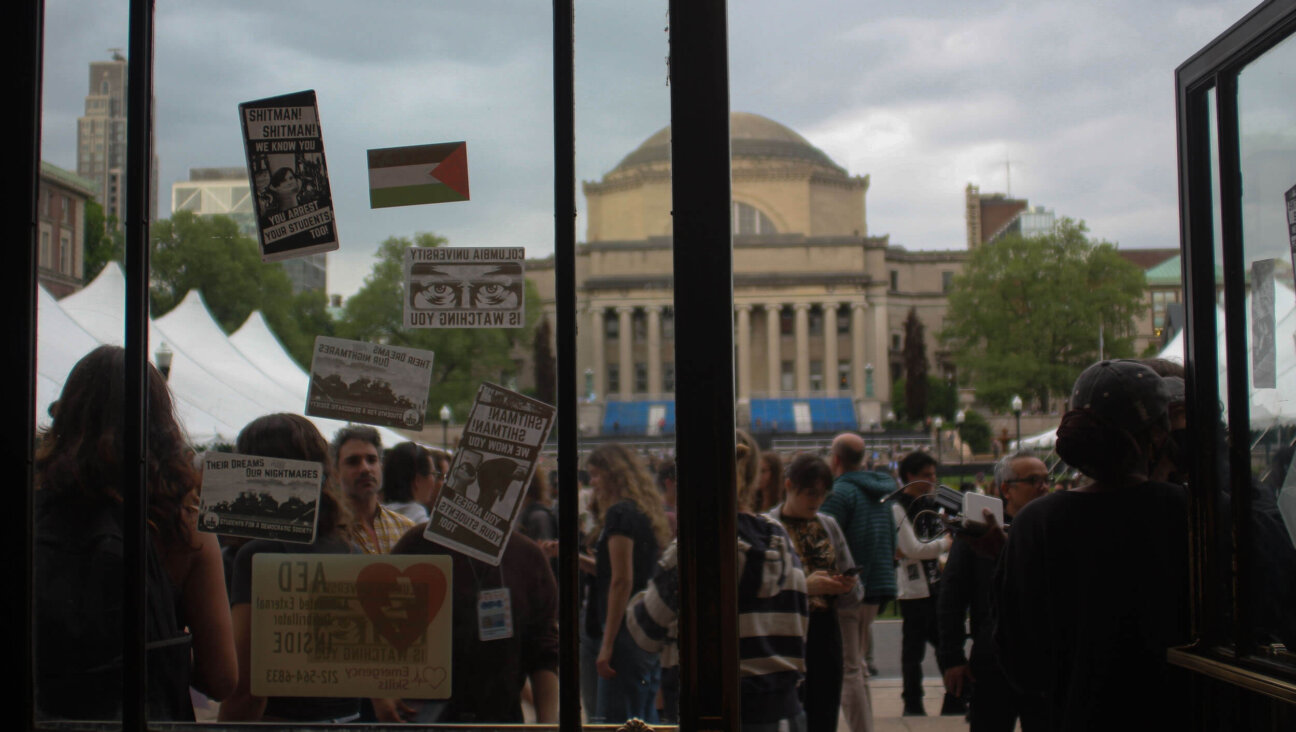
Opinion This week proved it: Trump’s approach to antisemitism at Columbia is horribly ineffective
-
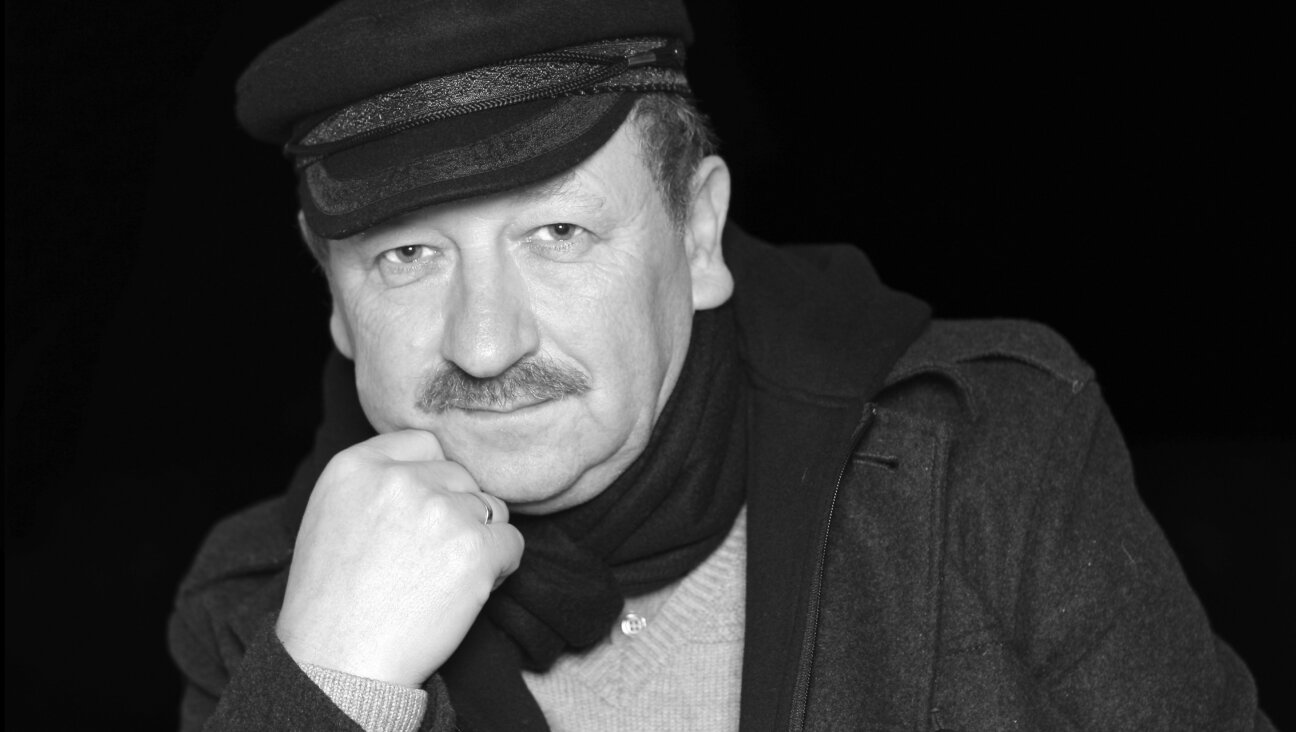
Yiddish קאָנצערט לכּבֿוד דעם ייִדישן שרײַבער און רעדאַקטאָר באָריס סאַנדלערConcert honoring Yiddish writer and editor Boris Sandler
דער בעל־שׂימחה האָט יאָרן לאַנג געדינט ווי דער רעדאַקטאָר פֿונעם ייִדישן פֿאָרווערטס.
-
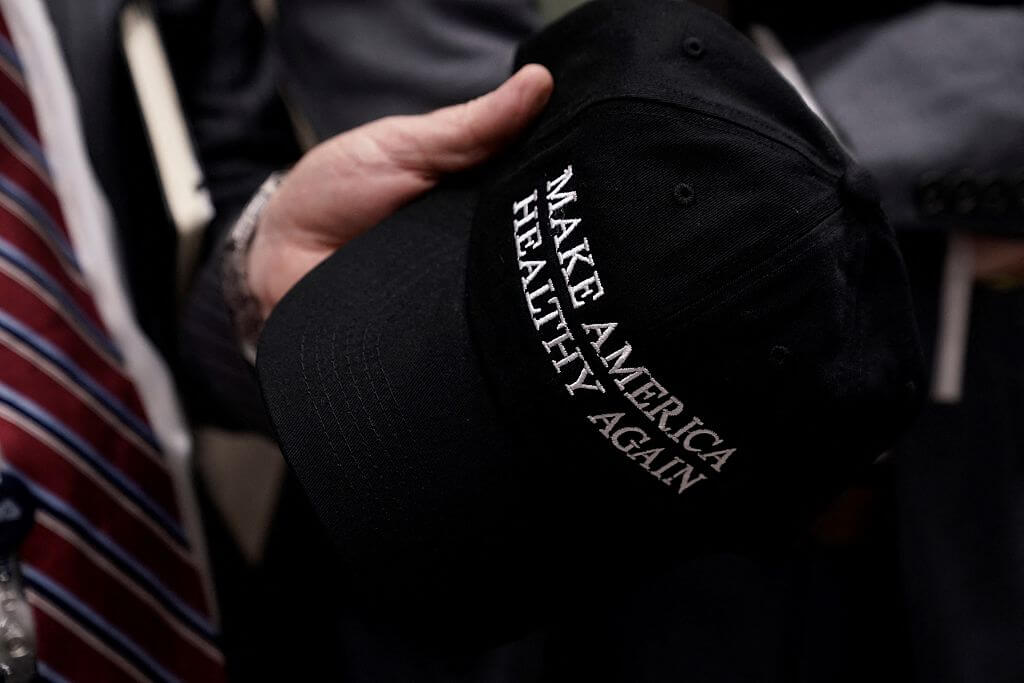
Fast Forward Trump’s new pick for surgeon general blames the Nazis for pesticides on our food
-
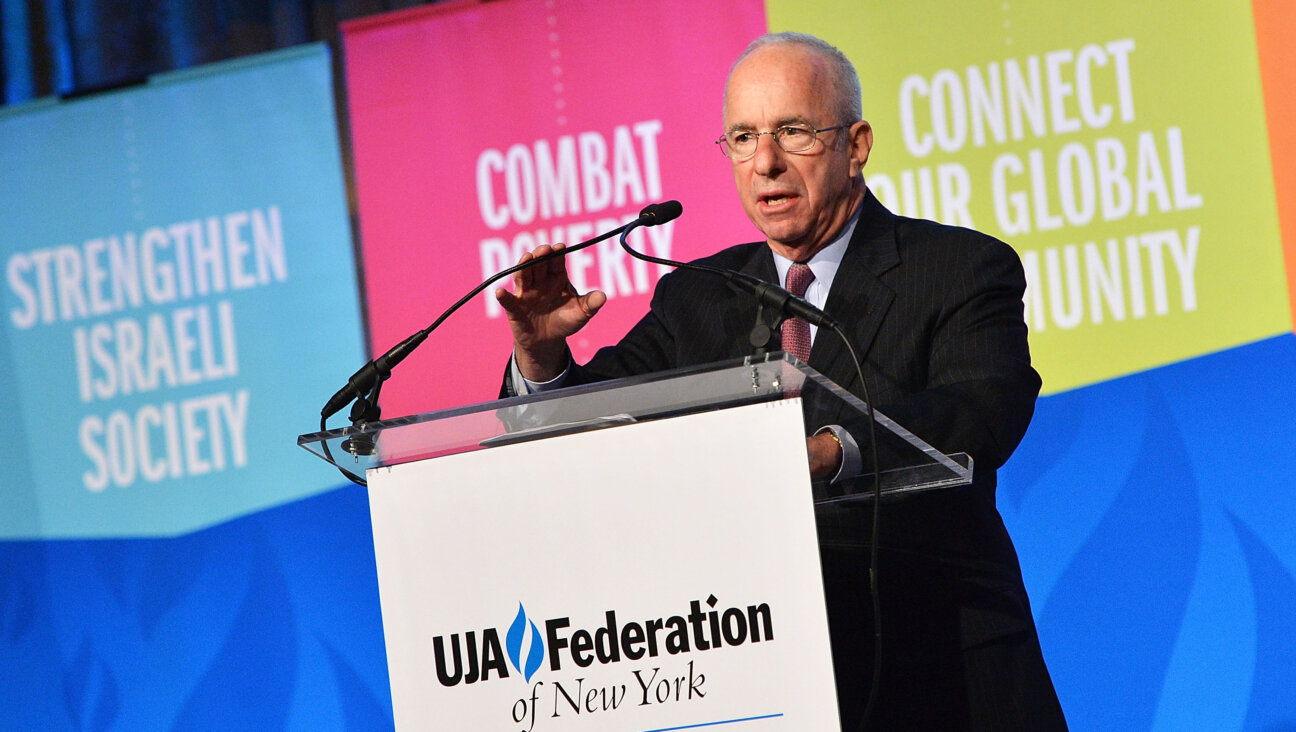
Fast Forward Jewish feud over Trump escalates with open letter in The New York Times
-
Shop the Forward Store
100% of profits support our journalism
Republish This Story
Please read before republishing
We’re happy to make this story available to republish for free, unless it originated with JTA, Haaretz or another publication (as indicated on the article) and as long as you follow our guidelines.
You must comply with the following:
- Credit the Forward
- Retain our pixel
- Preserve our canonical link in Google search
- Add a noindex tag in Google search
See our full guidelines for more information, and this guide for detail about canonical URLs.
To republish, copy the HTML by clicking on the yellow button to the right; it includes our tracking pixel, all paragraph styles and hyperlinks, the author byline and credit to the Forward. It does not include images; to avoid copyright violations, you must add them manually, following our guidelines. Please email us at [email protected], subject line “republish,” with any questions or to let us know what stories you’re picking up.








